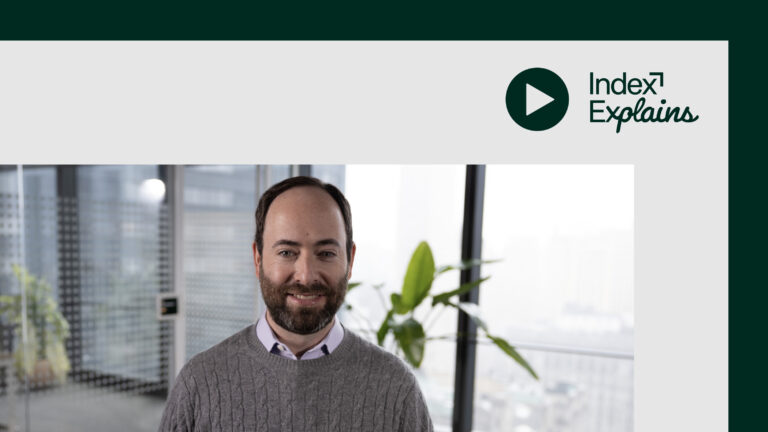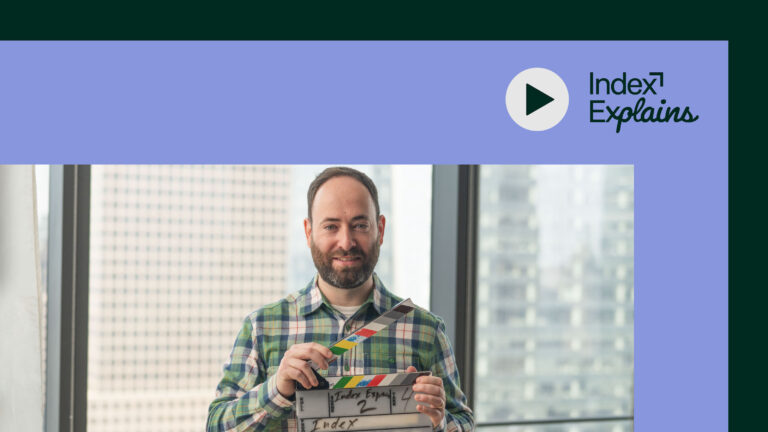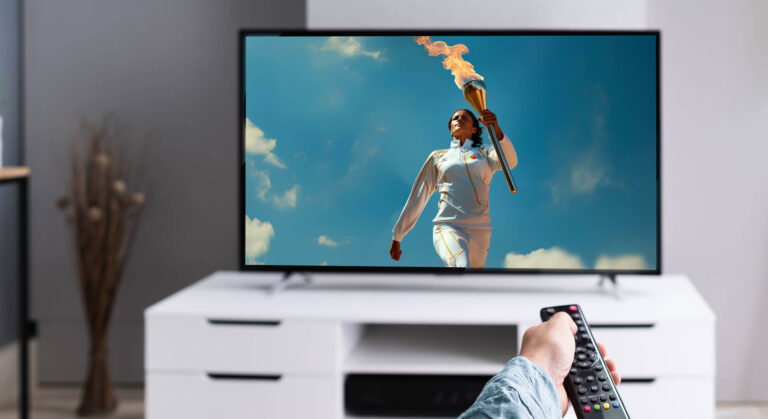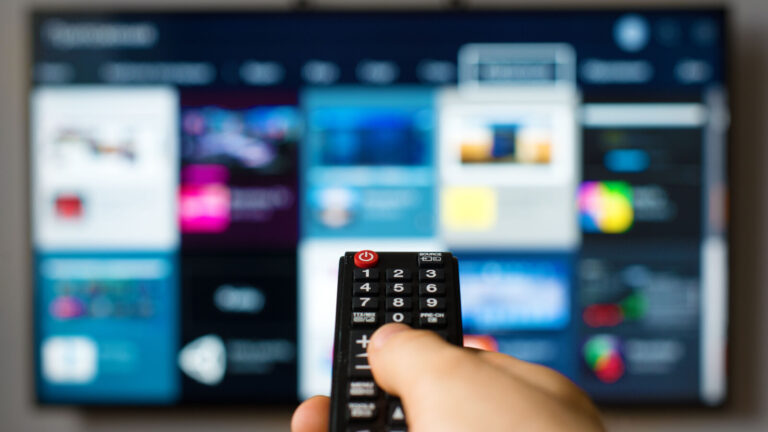Understanding live event advertising in streaming TV
Programmatic in live streaming still poses real business and technical challenges, preventing marketers and media owners from extracting the full value of this exciting opportunity.
There are different types of live streaming programming, which carry different considerations for programmatic advertising:
- There’s pre-recorded content that’s delivered live—think new TV episodes or movies that require linear-style appointment viewing.
- Then there are live events—content that’s streaming in real time as it happens, like sports broadcasts, award shows, or breaking news.
Streaming has already ushered in new programmatic considerations that are very different from web and mobile. Live event advertising furthers this.
First, live events typically draw higher viewership as people love to watch in real time. Marketers looking to take advantage of this valuable and scarce inventory want to plan ahead to incorporate it into their campaigns.
Plus, because ad breaks in live environments can’t always be scheduled—think breaking news or overtime in a sports broadcast—they present unique traffic patterns and requirements compared to other live streaming opportunities.
Challenges with live event advertising in streaming TV
Today, there is a livestream attribute to signal live inventory within a programmatic bid request. However, this denotes anything airing live, both live streams and live events.
There isn’t a scalable way to discern that a given opportunity is for a live event being broadcast in real time, versus a program that was pre-recorded and is being delivered live. There’s also not a scaled way to share more detailed information about a live event and share it ahead of time so that buyers can better plan their campaigns.
Let’s look more closely at these distinctions and challenges.
In general, streaming follows prime time viewing patterns. There are clear viewership spikes between 8-11 pm in most time zones. This pattern is fairly predictable.
Pre-recorded live streaming content would also typically follow this pattern. But live events introduce more complex and extreme surges in demand.
Viewership is much larger, which means the volume of concurrent viewers and traffic is drastically different. And ad break start and end times may not be scheduled in advance— for instance when a coach calls a timeout during a basketball game and coverage cuts to an ad break.
So, when an ad break does occur, ad requests are highly concurrent, resulting in massive spikes in queries per second (QPS) to DSPs. DSP pacing algorithms today are not always perfectly equipped to make the right decisions for such highly valuable and highly fleeting events, since their pacing was built for the web. This could mean missed opportunities to reach an engaged audience.
Media owners today often find programmatic demand is concentrated in the early parts of programs, leaving later ad breaks unfilled and unmonetized. Buyers need to know what opportunities are available ahead of time, and gauge that against what they know about an event, so they can forecast, target, and optimize for this valuable supply.
Overall, there are many challenges to solve for everyone to be successful, and much of live streaming inventory is still locked up in linear buying workflows.
The path forward
One of the first building blocks is to declare transparently when live events are happening in programmatic. This will be facilitated by adding an attribute in the OpenRTB content object to distinguish live event inventory from other livestream opportunities.
This is the first step toward helping media owners signal live event inventory clearly, with the objective to ultimately help improve the fill rate for the whole duration of an event. This will also better signal to buyers and their DSPs that this bid request is for a live event, which might help them leverage different algorithms when considering how they bid and pace campaigns.
There’s much more to come as we look to better enhance the performance of live event advertising in programmatic.
Opening live events to programmatic brings some of the most valuable real estate into the ecosystem and will greatly benefit brands and buyers who may not have had the resources to secure media for tentpole events.
Moreover, the more we enhance the protocol to be dynamic and agile, the better we can monetize the unscheduled nature of live—be it breaking news or timeouts during live sports broadcasts.
We look forward to working together as an industry to continue to enhance live events in programmatic.
Check out our full Index Explains streaming TV series to learn more on how you can take advantage of live streaming.
Thank you to Catherine Cho, senior product manager at Index Exchange, who also contributed to this video.








